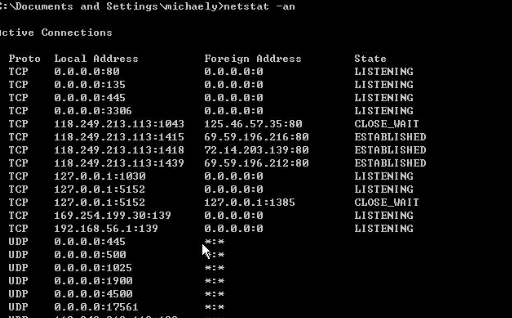0.0.1 Meaning

The designation ‘0.0.1’ within the context of software versioning serves as a critical indicator of a project’s maturity and functionality. It reflects an early stage in development, where both major and minor elements are untested, while the patch number signifies the first iteration aimed at gathering user feedback. Understanding this versioning scheme is essential for both developers and users, as it provides insight into the product’s readiness for deployment. However, the implications of such an early version extend beyond mere functionality, raising questions about the development process itself and its impact on future releases.
Understanding Semantic Versioning
Semantic versioning is a systematic approach to version control that conveys the significance of changes within software development through a structured three-part numbering scheme.
This method distinguishes between semantic changes, which indicate breaking changes or improvements, and other modifications.
See also: Ball:T9p9z5kgimw= Volleyball
Breakdown of Version Numbers
Version numbers consist of three distinct components: the major, minor, and patch numbers, each serving a specific purpose in indicating the nature and significance of changes made to the software.
In versioning systems, the major number reflects substantial changes, the minor number indicates smaller enhancements, and the patch number addresses bug fixes.
Effective version control ensures clarity and transparency in software development.
Importance for Developers and Users
Understanding the significance of version numbers is crucial for both developers and users, as it facilitates effective communication regarding the nature and impact of software changes.
Clear versioning helps manage user expectations, ensuring they are aware of new features, fixes, or potential issues.
For developers, it fosters transparent developer communication, promoting trust and collaboration within the software development lifecycle.
Conclusion
In conclusion, the version number ‘0.0.1’ serves as a dual representation of both nascent potential and the pathway toward refinement.
While it signifies the early developmental phase characterized by limited functionality, it simultaneously invites user engagement and feedback essential for evolution.
This juxtaposition of infancy and growth underscores the critical role of versioning in software development, highlighting how initial iterations pave the way for future enhancements.
Thus, ‘0.0.1’ embodies both a beginning and a promise of advancement.




